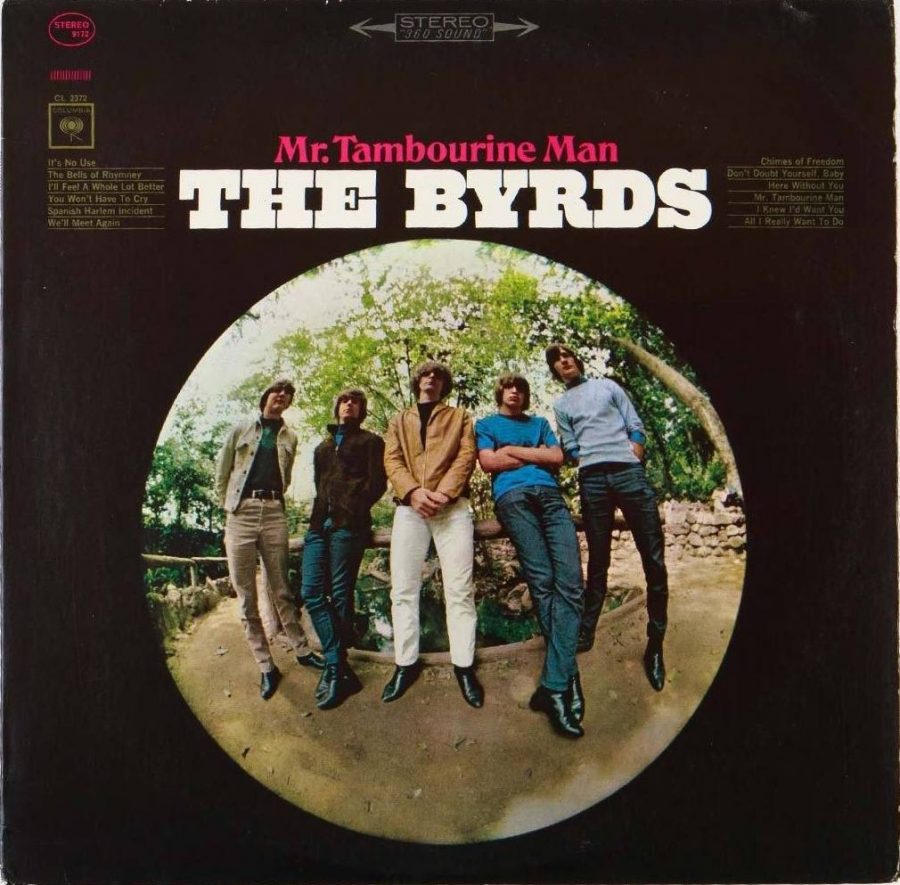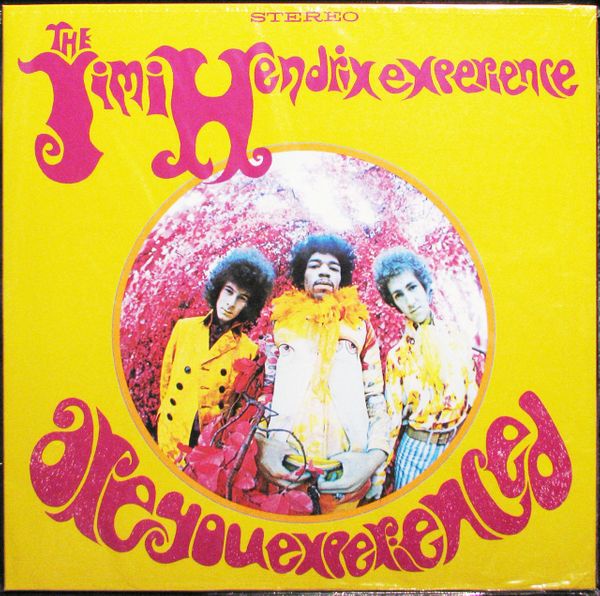If you’re a regular reader of Open Culture, you know we like to bring you the latest attempts to decipher the legendary Voynich Manuscript, a strange medieval book whose language has baffled scholars for centuries. Like many other early 15th century texts, the Voynich seems to combine medicine, alchemy, herbology, botany, zoology, astrology, and other forms of folk knowledge in a compendium. But it’s filled with bizarre illustrations (see an online version here) and written in a language no one can read. Is it a lost ancestor tongue? The secret code of a cult? Is it a hoax? Why was it made and by whom?
Researchers have tried to translate the Voynich language as variant forms Latin, Arabic, and Sino-Tibetan. An AI identified it as Hebrew. This year a father and son team convincingly made the case for Old Turkic. No Voynich translation has been definitively accepted by a scholarly consensus, and perhaps none ever will. This may say as much about the mysterious Voynich as it does about the niche research area, in which academic linguists, codicologists, and all manner of amateur sleuths try to make a name for themselves as Jean-François Champollions of Voynich studies.
The hour-long documentary above tells the story of both the manuscript’s enigmas and the cult of fascination that has grown up around them. We first learn the origin of the name: Acquired by Polish bookseller Wilfrid Voynich in 1912, the manuscript passed into the care of his wife Ethel, an Irish artist and novelist, upon his death in 1930. Ethel died 30 years later in New York, leaving the manuscript behind, sealed in a bank vault. “Its fate had troubled both Mrs. Voynich and her husband before her.”
Wilfred Voynich has often been suspected as the manuscript’s true author, but its materials have been carbon dated to the early 1400s, and its first confirmed owner, an alchemist from Prague named George Baresch, lived in the 17th century. Other proposed authors have included Queen Elizabeth I’s advisor John Dee, an alchemist and occult philosopher, and Franciscan friar and philosopher Roger Bacon, who was renowned as a wizard almost two centuries before the extant Voynich could have been produced.
Evidence for these claims is often tenuous, but the wealth of speculation to which the Voynich has given rise only deepens the mystery of its creation. As more Voynich scholars undertake frustrating, and often fruitless, investigations, they add to the manuscript’s lore, itself so rich as to occasion another, two-hour, follow-up video from our documentarian, who goes by the name The Histocrat on YouTube. See the further “Deep Dive” on the Voynich manuscript’s many historical owners—both confirmed and rumored—just above.
Related Content:
Josh Jones is a writer and musician based in Durham, NC. Follow him at @jdmagness












